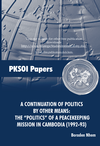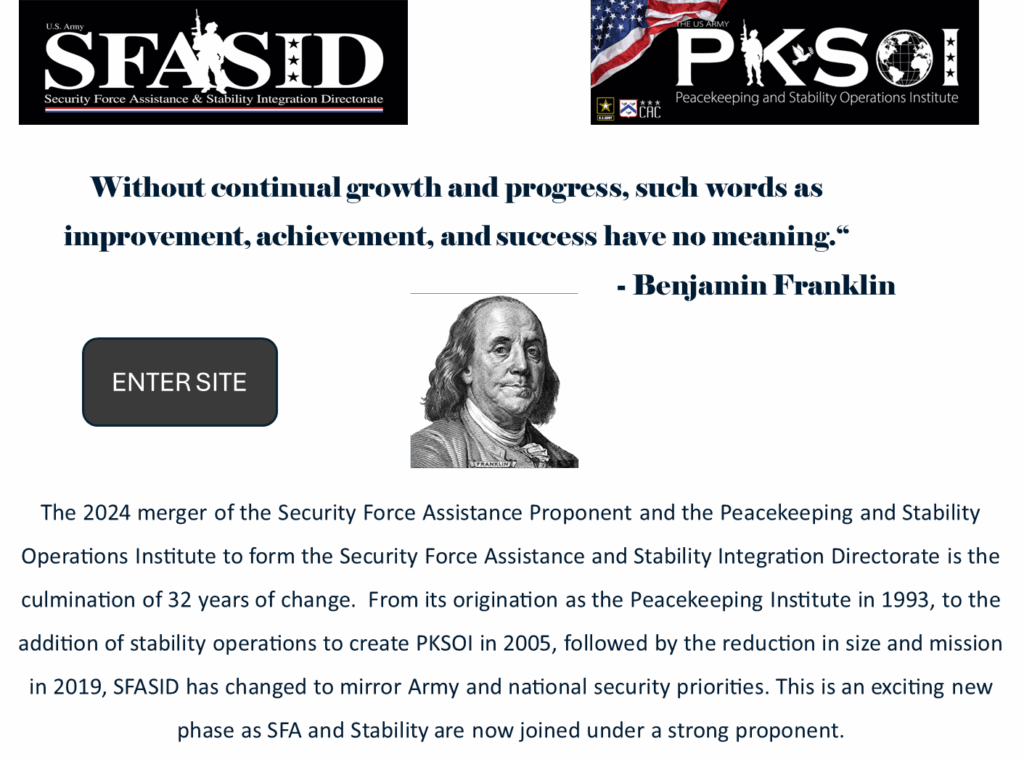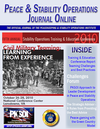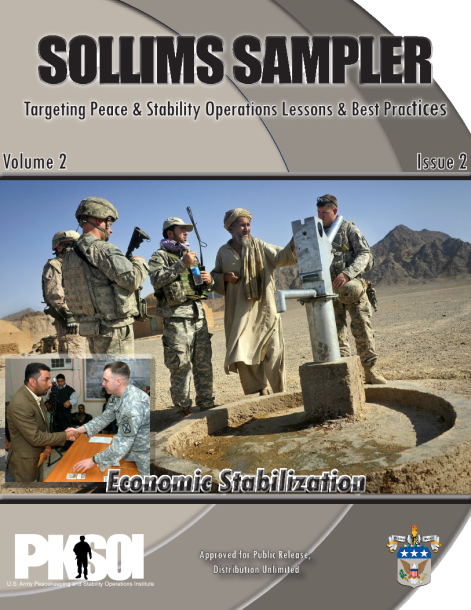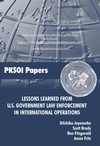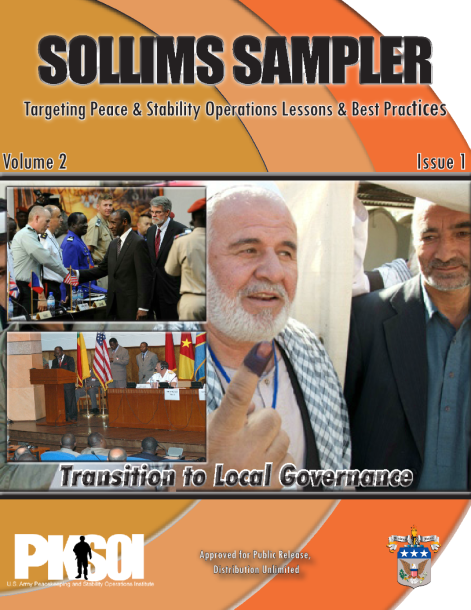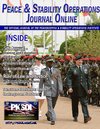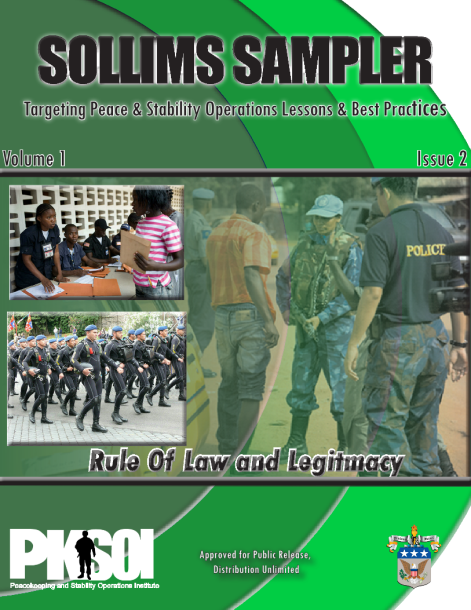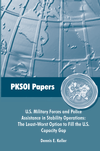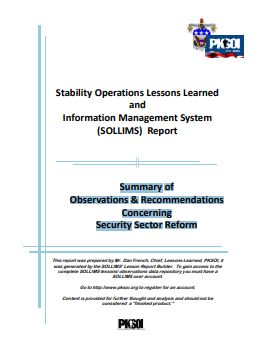Much can be gained through a “combined approach” to partnership in Stability Operations. In Afghanistan, the International Security Assistance Force (ISAF) and the
Host Nation Security Force have recently taken such a combined approach to their partnership. Their new combined partnership is essentially an “embedded” partnership – where forces and personnel are “embedded” through co-location. An “embedded’ partnership facilitates development of a common operating picture (COP), allows fully integrated operations, and improves effectiveness of the team – from planning through execution. Additionally, when the activities of the “embedded” partnership are synchronized with other civil component efforts – especially at the local level – greater efficiencies are gained toward building capacity and achieving stability.
To read this SOLLIMS Report please click on the link below or to download click on the button below.
